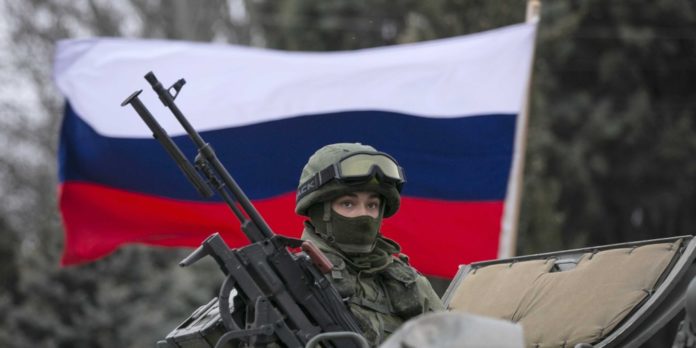Stocks traded flat this morning as investors mulled over Friday’s afternoon correction. A potential (but seemingly unlikely) Russian invasion of Ukraine and lingering rate hike fears kept bulls suppressed.
But the biggest bearish influence last week was, without a doubt, St. Louis Fed President Jim Bullard. Last week, he suggested that the Fed would raise rates by 100 basis points by July 1st of this year. That’s a much more aggressive rate hike timeline than Wall Street expected.
Traders were quick to price this in.
Bullard then picked up where he left off this morning in an interview on CNBC’s Squawk Box.
“I do think we need to front-load more of our planned removal of accommodation than we would have previously. We’ve been surprised to the upside on inflation. This is a lot of inflation,” Bullard said.
“Our credibility is on the line here and we do have to react to the data. However, I do think we can do it in a way that’s organized and not disruptive to markets.”
Most of Bullard’s statement was accurate, but his idea that the Fed could raise rates without disturbing the market is unrealistic. Stocks have been getting “fattened up” by accommodative monetary policy for years, ever since the Global Financial Crisis finished spiking equities lower.
Now, long-term bulls are set for a serious reality check as the Fed tries to transition out of its uber-dovish stance.
“If you go back even to the end of the financial crisis, monetary policy has been the key factor in driving returns and really providing that ‘Fed put’ that really allowed investors to come in and buy the dip,” said David Spike, GuideStone Capital Management president.
“Those days are behind us —particularly with the inflation we’re seeing now — and the market does not like this. It’s like a kid that has never been told ‘no,’ that is now being told no and is throwing a temper tantrum. This will continue.”
On the topic of inflation, Bullard did little to encourage bulls in his morning interview.
“My interpretation was not so much that report alone, but the last four reports taken in tandem have indicated that inflation is broadening and possibly accelerating in the US economy,” Bullard explained, referencing last week’s problematic Consumer Price Index (CPI) reading that clocked-in at a 40-year high.
Analysts – and likely many investors as well – also remain concerned about what’s happening on the Ukrainian border.
“The real fear is that China backs Russia and the relationship between China and the US continues to deteriorate,” said Upholdings chief investment officer Robert Cantwell, chief investment officer.
“How it changes the US relationships with the other economic superpowers – that’s what’s really scary and would affect economic outcome.”
Historical precedent suggests that Russia won’t invade Ukraine. Massing troops along the border of a neighboring country is a time-honored tradition among world leaders. Perhaps one of the most famous examples of this happened immediately following the US Civil War.
During the war, French Emperor Napoleon III (the first President of France in 1848 who became Emperor of France in 1852) moved French soldiers into Mexico, overthrowing the regime of Benito Juarez while the Union was busy fighting the Confederacy. Napoleon III then set up a monarchy and placed Austrian Archduke Maximilian von Habsburg on the Mexican throne, crowning him “Emperor of Mexico.”
This happened roughly one month before the battle of Gettysburg in 1863.
Once the US Civil War ended in 1865, though, the Union marched 40,000 men to the Mexican border on the advice of Generals Ulysses S. Grant and William Sherman.
General John Schofield, meanwhile, was sent to Paris with the following instructions from Secretary of State William Seward:
“I want you to get your legs under Napoleon’s mahogany and tell him he must get out of Mexico.”
The 40,000 Union troops sitting on the Mexican border persuaded Napoleon to sever ties with Mexico completely. Newly-crowned Mexican Emperor Maximilian von Habsburg refused to leave and was executed for his defiance.
The takeaway here is that Russia has amassed its forces on the border of a neighboring country to send a message to a major European power that is attempting to gain influence in said country. That’s exactly what the Union did (with great success) in 1865. And, much like the Union, Russia hopes to achieve the same outcome without going to war.
This could all change, of course. A week from now, I may be eating my words if Russia crosses the border.
But the most likely outcome here involves no actual Russian invasion. Putin’s taking a page out of the Union’s playbook, back when it wanted to boot French influence out of Mexico. He’s saying “hands-off” to the West when it comes to Ukraine, a neighboring country and former part of the USSR.
It’s also an important show of strength for Russia with China (arguably Russia’s biggest long-term threat) growing exponentially in power despite significant economic setbacks.
So, for the coming week, investors may want to focus more on rates – not Russia – as the market lingers near its recent lows, and well within range of another selloff.








